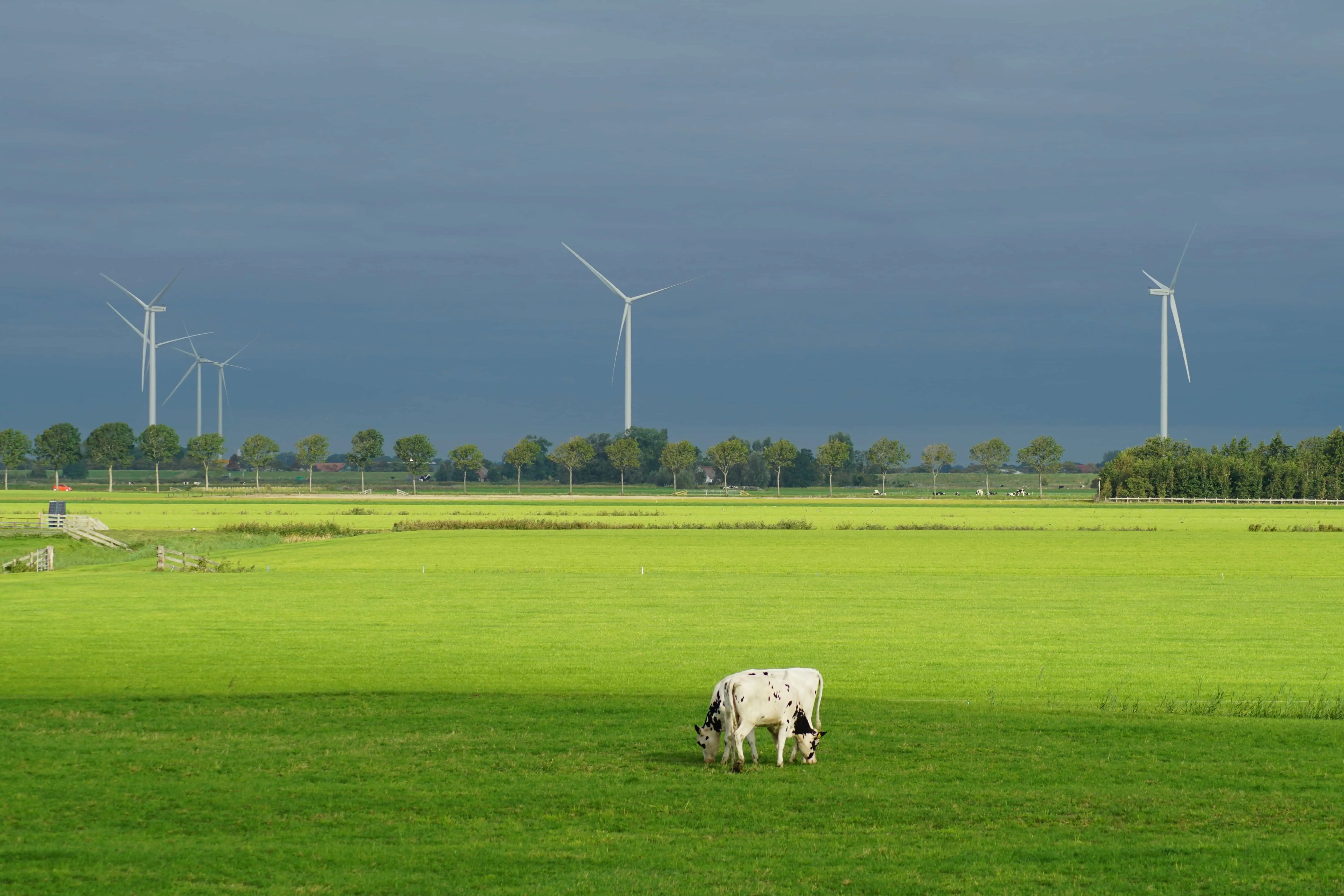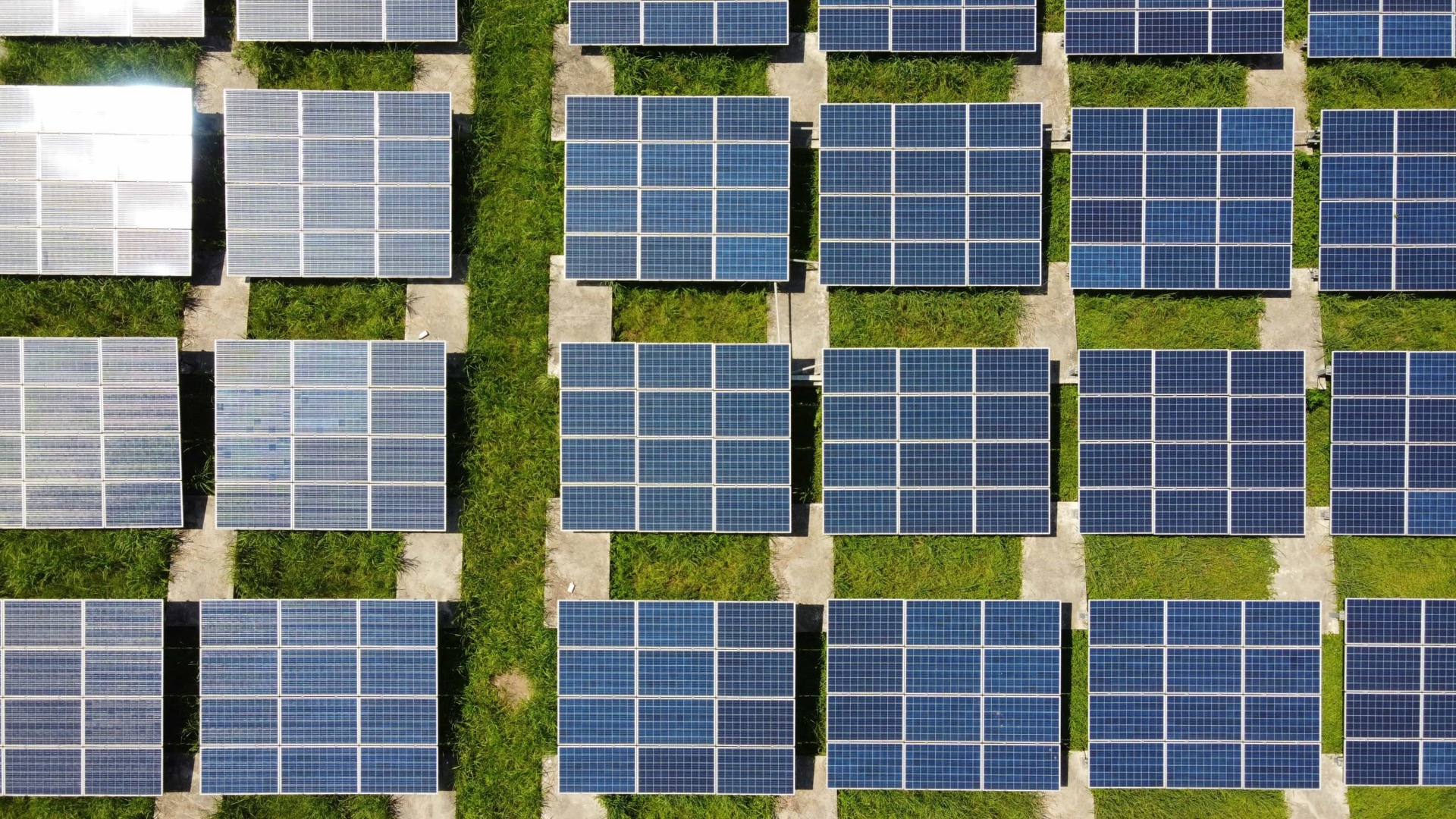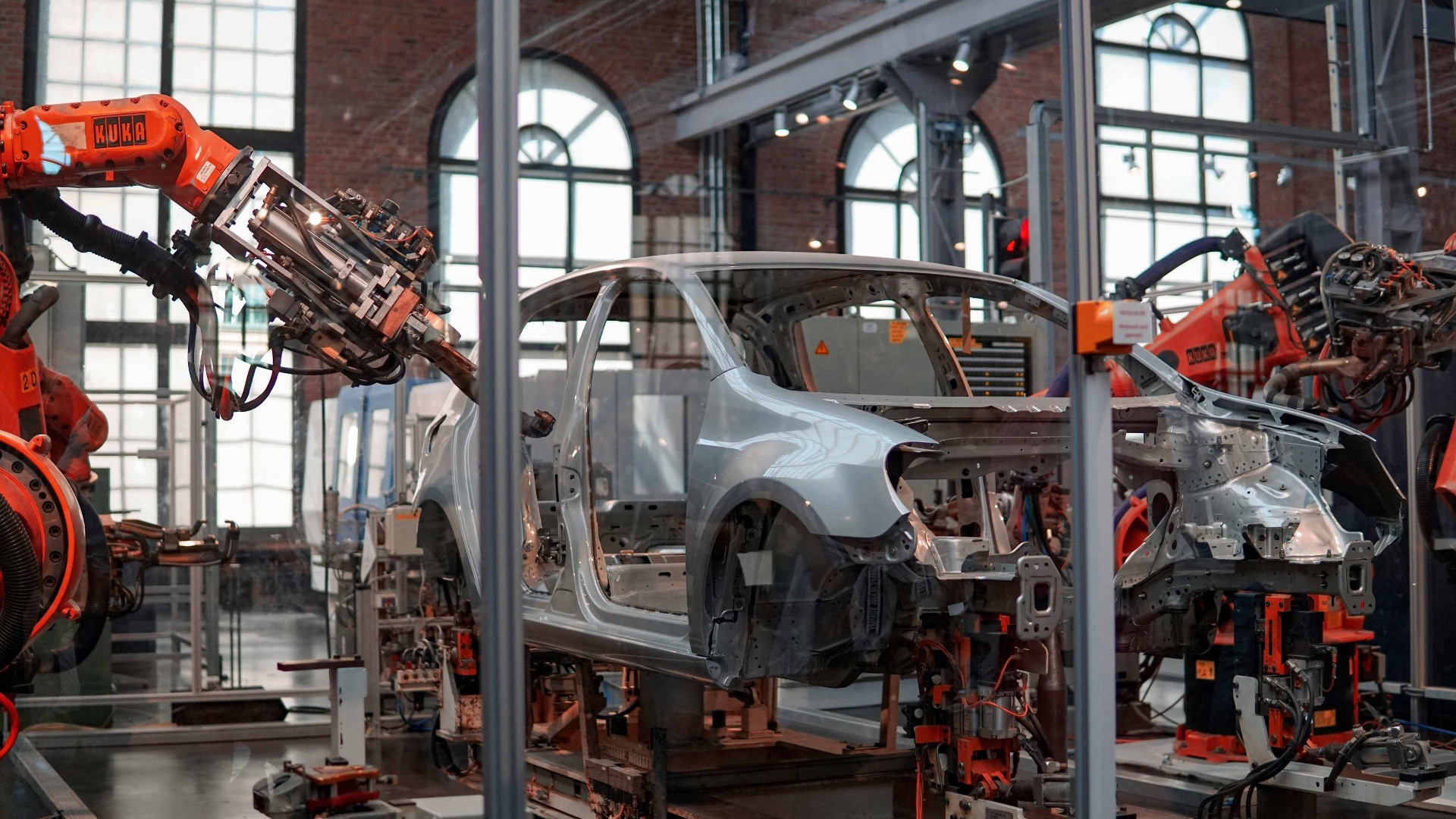As the world shifts towards green energy technologies to combat climate change, we often focus on environmental impacts and carbon reduction. But behind the scenes, this transition involves complex social issues, particularly in communities where the materials for green technologies are mined and processed. A new study sheds light on the social effects - both positive and negative - of extracting critical materials for green energy, such as cobalt, lithium, aluminum, and rare earth elements. These materials power technologies like wind turbines, electric vehicles, solar panels, and batteries but come with social challenges that impact workers and communities.
Why Social Impacts Matter in Green Energy
Green energy is widely praised for reducing carbon emissions, but producing the materials necessary for these technologies has significant social consequences. For example, mining and processing critical materials often takes place in economically vulnerable regions, where regulatory safeguards may be weak. This can lead to problems like low labor income, informal employment, child labor, and safety risks. By understanding these social impacts, we can create policies that make the green energy transition more equitable and fair.
Jobs and Economic Growth: The Benefits
One positive impact highlighted in the study is job creation. The production of aluminum, for example, used in electric vehicles, wind turbines, and solar panels, has proven to generate substantial employment opportunities. This can benefit local economies by increasing the employment rate and boosting labor income, especially in countries heavily invested in mining industries like Australia and Russia. In fact, by 2030, employment in green energy material mining is projected to grow significantly, helping to drive economic growth and offering new skills training for workers.
Moreover, the solar panel industry alone could see a 1.8 times increase in global employment by 2030, with higher female workforce participation compared to other energy industries. This is encouraging news for gender equality in traditionally male-dominated sectors like mining, where female participation still averages around 10-20%.
Social Risks: Child Labor, Safety, and Informal Employment
Despite these benefits, there are pressing social risks associated with green energy materials. In some regions, especially those rich in cobalt and lithium, the industry depends heavily on informal employment and even child labor. This is most visible in the Democratic Republic of Congo (DRC), a key source of cobalt, where informal mining accounts for a significant portion of employment. Informal workers often lack health protections and a fair income, and child labor persists in certain areas due to limited oversight.
The study warns that as demand for materials like cobalt, lithium, and zinc grows, so might these social risks. For example, cobalt and lithium mining in the DRC and Zimbabwe is expected to see an increase in informal employment and child labor over the next decade unless stricter regulations are implemented.
Safety Concerns in Mining and Manufacturing
Safety is another serious concern. Mining and processing critical materials involve hazardous work conditions. The study forecasts that occupational accidents in the manufacturing sectors for solar panels, wind turbines, and batteries may increase by 69% by 2030, due to the growing demand for these technologies. Addressing safety in mining and manufacturing sites is essential to ensure that workers are protected as green energy production scales up.
Gender Equality and Fair Income Distribution
The green energy sector offers a chance to improve gender equality in the workforce. While employment rates in mining are expected to grow, the share of female workers is also on the rise. For example, Australia, which is investing heavily in critical materials, has set new benchmarks for female employment in mining, expecting to reach a 20% female participation rate by 2030.
Labor income share, which measures the economic value that workers receive, is another area of focus. Countries with advanced mining industries, like Australia, Canada, and Russia, are projected to benefit from increased labor income in the next decade. However, there remains a disparity between workers’ income and the profits generated by these materials, especially in regions where income inequality is high.
Towards a Fairer Green Energy Transition
To support a just transition, it’s essential that policies are created to address the social risks highlighted in the study. These could include stricter regulations on child labor, protections for informal workers, and improvements in workplace safety standards. In addition, encouraging sustainable mining practices and diversifying supply chains can help reduce the social costs tied to critical materials.
As demand for green technologies increases, the study urges governments, industries, and international organizations to prioritize social sustainability alongside environmental goals. By addressing the social impacts of critical materials in green energy, we can ensure that the transition to renewable energy benefits everyone, from workers in mines to the global community striving for a cleaner planet.


